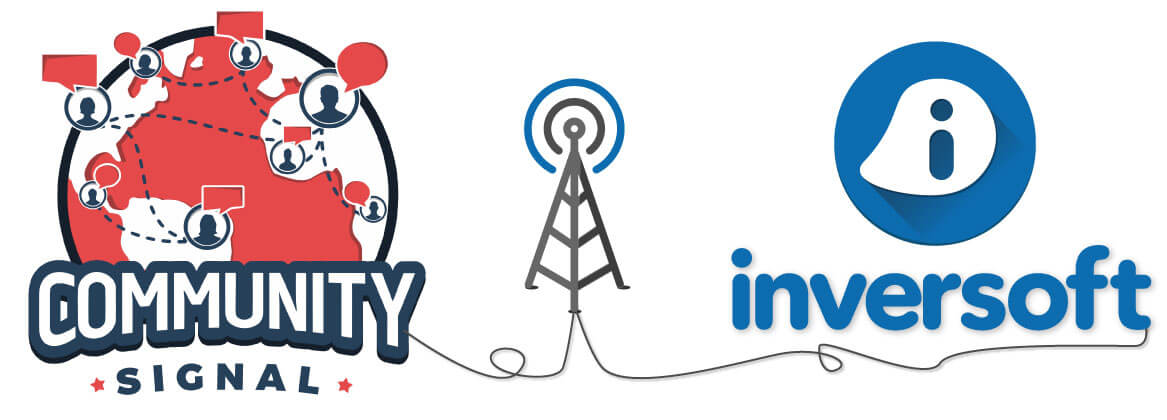Microsoft apologizes after artificial intelligence experiment backfired. What could they have done differently?
Tay, marketed as “Microsoft’s AI fam from the internet that’s got zero chill,” candidly tweeted racist and sexist remarks confirming she in fact had “zero chill”. The chatbot was shut down within 24 hours of her introduction to the world after offending the masses.
Continue reading →

Podcast
A healthy and engaged online community is critical to a company’s success. This is a hot topic amongst CMGRs and top industry influentials and while most people can agree on the importance of a branded online community not all agree on the path to achieving this safe environment.
If you have an active online community, you already know that not every user is a good user. Trolls, bullies and URL spam inherently present problems and there will be consequences if you simply ignore the issue.
Continue reading →

Recently, I was working with a customer that had a URL slip through CleanSpeak’s URL filter. The URL looked something like this:
LameCasinoSite。com
The trick this user employed to get around our URL filter was using the Unicode character “ 。”(code point 0x3002 or UTF-8 0xE38082). This character looks like a period but wasn’t in the list of valid URL separators that CleanSpeak handles.
My initial thought was to simply add the character to the list. That required me to look up the Unicode code point for it first. I then realized that there were a ton of other characters that also looked like periods. In order to properly handle this, I’d need to add all of them to the list. I also noticed that there were numerous other characters someone could use to trick the URL filter like arrows, pictures and symbols.
Continue reading →

With the number of apps and mobile users projected to increase exponentially, developers who create the most advanced technology fastest will gain the competitive edge needed to stand out amongst competition.
The software industry is ever-changing. The field is highly dynamic, focused on building and changing the way we live, work and play. 2015 was a tumultuous year for developers.
IT was impacted by innovations from within as well as external factors, such as increased government regulations and cyber-crimes originating both in the U.S. and abroad.
Continue reading →
I've been working to convert a bunch of our database columns from integers to UUIDs. I was having a hard time figuring out how to handle this conversion easily in PostgreSQL. For some reason, the PostgreSQL developers decided that the int data type was not converted to UUID automatically. This is somewhat shocking because both of these data types are binary types with different lengths (int being 4 and UUID being 16),. Since I couldn't submit a feature request and wait 2-3 years to have it implemented, I had to find a solution that worked in an SQL script easily.
After some playing around and hacking in sql, I figured out the solution. Here's a little snippet of my solution:
CREATE TABLE foo (
id int
);
ALTER TABLE foo ADD COLUMN new_id UUID NULL;
UPDATE foo SET new_id = CAST(LPAD(TO_HEX(id), 32, '0') AS UUID);
ALTER TABLE foo DROP COLUMN id;
ALTER TABLE foo RENAME COLUMN new_id TO id;
ALTER TABLE foo ALTER COLUMN id SET NOT NULL;
The trick here is you need to convert the integer column to a hexadecimal string and then pad it with zeros. Since PostgreSQL happy converts strings to UUIDs, you can just cast the string to a UUID. Simple!
Continue reading →




